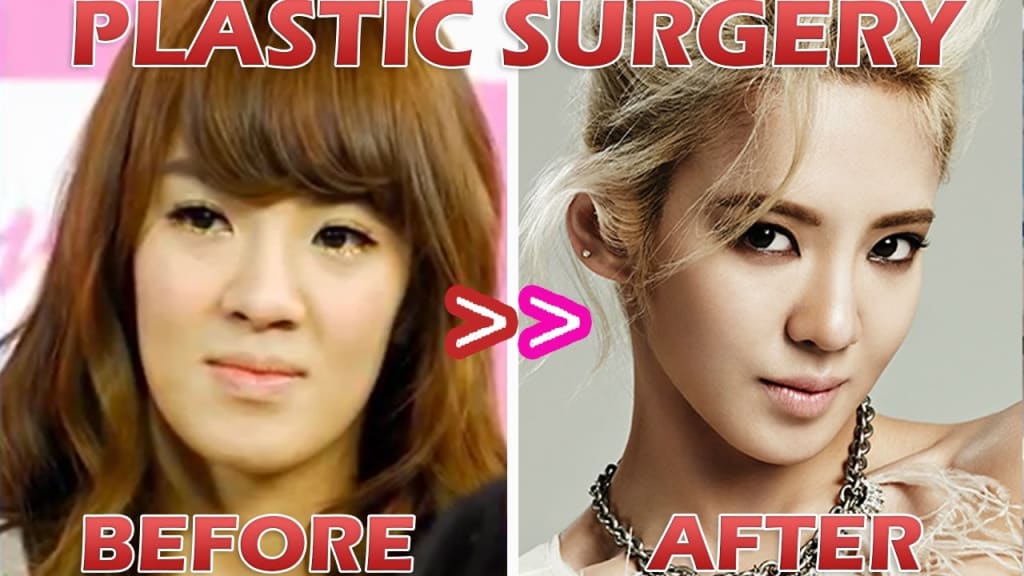
Since the early 2,000s there has been an extravagant rise in popularity over Korean Pop (K-Pop) on an international scale. Perhaps the most major contributor to the expansion of K-Pop popularity around the world being PSY, when his hit song Gangnam Style was released. Two other major contributors to the K-Pop craze that have paved their ways into international mainstream media around the world are BTS and BlackPink.
After the music video of Gangnam Style débuted in 2012, K-pop swept internationally and gained a huge fan base. Since then, the doors to awareness of the Korean entertainment world have been left wide open for anyone to look into and become swept away within.
When one joins the K-pop fandom they will often start out their journey of falling down the rabbit hole, by pointing out the astonishingly catchy beats of a song, or the often prodigious story lines of a group’s music videos while simultaneously whining about how they can’t understand a single word that the group is singing until they hit a baseline of English that is swiftly executed (often by the rappers of the group) before returning to the incomprehensible foreign language that is Korean. As they become further sucked into the K-pop fandom world and no longer care about not being able to understand the language, unless they use subtitles on a video, one will then begin to point out the posh, opulent outfits and the captivatingly prepossessing beauty of the idols themselves.
For international fans it may take a bit longer for them to come to the realization that the idols they see in their favorite K-Pop groups have a much different appearance from those of the standard traits of Korean physical features, but for those who are Korean fans (or fans from other Asian countries) the differences are easily and quickly spotted.
“Commonplace today on numerous K-pop fan websites are speculative stories about whether pop idols with picture-perfect facial features are natural or the work of a talented plastic surgeon.” (Han, Seunghwa Madeleine.) Not only is the nearly unrealistically bright and light skin an uncommon trait among Asians, but also the, V-shaped chins, the double eyelids (although some are born with it), and the high-bridged noses that most idols proudly sport on their figures. As soon as this realization is struck by national and international fans alike that their ‘ults’ (Bias’) of their groups have had plastic surgery the urge to look up before and after photos emerges, as well as a growing desire to look like the idols as well, regardless of the cost to one’s naturally beautiful image or health.
The plastic surgery phases for idols can begin as soon as they become trainees to a company as Hyunjoon Shin briefly states in his article "K-Pop, the Sound of Subaltern Cosmopolitanism?." "Some idol training manuals even include cosmetic surgical enhancements." The trademark for most Kpop idols are features like double eyelids and high-bridged noses. Once the trainees have debuted and become idols, their images are so influential that teens will believe they’re ugly and set the idols as a standard of what is beautiful.
“K-pop has persuaded teens to think and believe that there is only one type of beauty, which they must strive to achieve,” said Sujin Shin, a 17-year-old student at the Hanguk Academy of Foreign Studies in Yongin, South Korea who lived in California for 11 years before moving to Korea. “To reach that ‘one beauty,’ they opt for surgery.”
Most recipients of plastic surgery have become teens and young adults ranging from the ages of 15 to 30, but most commonly between the ages of 15 to 19. Plastic surgery has become so common and sought after that parents will even pay for their children to get plastic surgery and often use it as a gift for graduating from high school or as birthday presents.
The most common procedures sought after by these teens and young adults are the double-eyelid surgery and the high-bridge nose surgery. However, upon the occasion that parents can’t afford for their children to get plastic surgery done, there are other means of changing one’s appearance that can be taken. In the case of Eyelid surgery, which can cost up to $2,000, if you can’t afford it, there are “double-eyelid stickers” that can be bought in stores. When one can afford a surgery though, instead of telling their surgeon that they want a smaller nose or bigger eyes they will point out an idol in a magazine or poster and say “I want the nose of this idol” or “I want the eyes of this idol.”
Asian countries have emerged as the most-cosmetically enhanced population in the world. Today, the stigma to get plastic surgery is so large and influential that there are billboards everywhere encouraging people to get plastic surgery in Korea, even in subways, and most will sport images of K-pop idols within the ads. The pressure that teens and young adults feel to receive plastic surgery and continue receiving more and more to attain similar beauty to that of their favorite idols has become so bad that in 2011, South Korea’s Ministry of Education issued a booklet to warn high school students about “plastic surgery syndrome.”
Not only has there been a rise in young Koreans having procedures done, but plastic surgery agencies, especially in Gangnam, have even seen an ever-increasing rise in foreigner clienteles as well.
There has been speculation that the reason for such strong societal focuses on physical appearance and image is tied to Korea’s rapid industrialization. Several years ago, it wouldn’t be common for an idol to announce that they had received plastic surgery even if it was evident, which would lead to teens and young adults to follow in their footsteps, but now it’s common to hear of a celebrity who has gone under the knife many many times, in fact most of them will openly endorse plastic surgery clinics, as Sharon Lee, an associate professor in the Department of Social and Cultural Analysis at New York University states:
“There’s a significant shift from 10 years ago when celebrities would say that they had never had any work done. People would find their old photos and do before-and-after comparisons on the Internet to the point of ruining certain people’s careers. Now, it’s very normal for celebrities to not only admit that they’ve had work done, but also to endorse their favorite plastic surgery clinics or doctors.”
As the popularity of K-Pop continues to rise, one can only assume that the influence to get plastic surgery will also continue to climb, rather than decline. Although there isn’t much that can be done to prevent or discourage teens and young adults from going under the knife, there have been measures made to at least make them aware that plastic surgery can be dangerous and that one doesn’t need to follow in the footsteps of another to be successful or beautiful. There is also hope that the high standards of beauty held in society will fall as each generation becomes more aware of the fact that there is no need to conform, as long as one feels happy with ones-self.






Comments
There are no comments for this story
Be the first to respond and start the conversation.